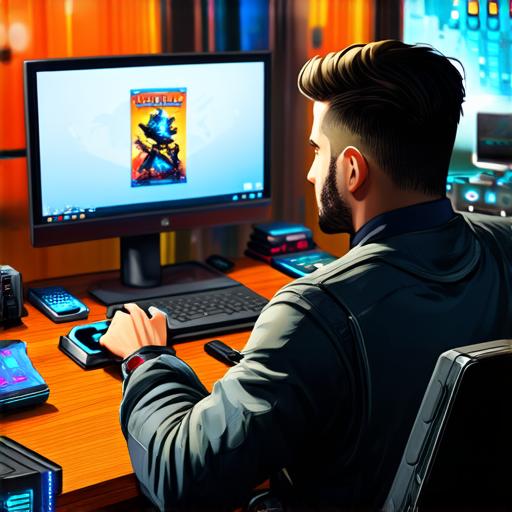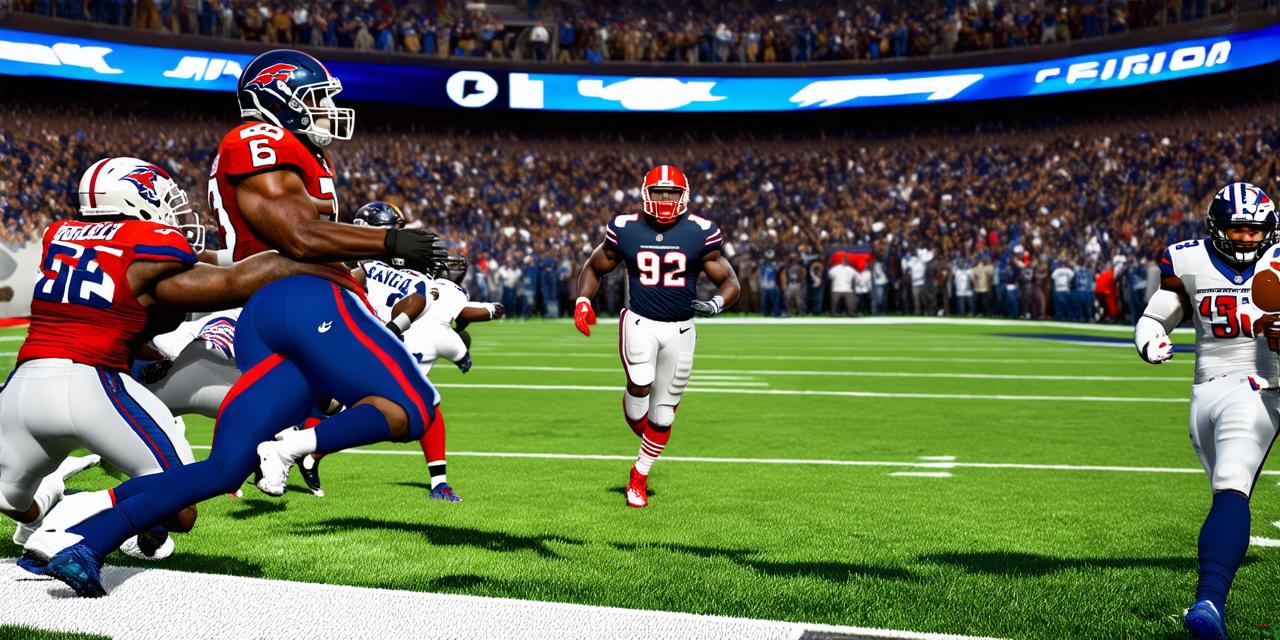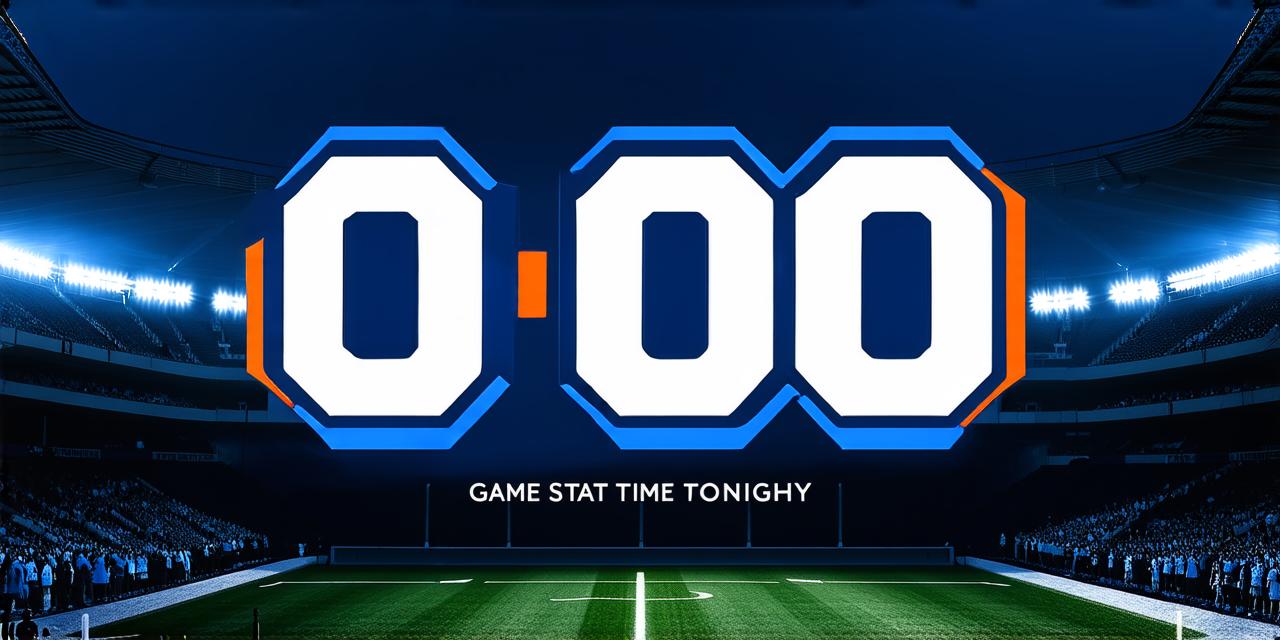As a game developer, creating an engaging and eye-catching video game cover is crucial for attracting players and generating buzz around your game. In this guide, we will explore the process of making a video game cover, from concept to completion, including tips and best practices to ensure success.
Understanding the Importance of a Game Cover
A game cover serves as the first impression for potential players, often determining whether they will purchase or download your game. Therefore, creating a visually appealing and engaging cover is essential for capturing players’ attention and making a lasting impact.
The Concept: Brainstorming and Research
Before diving into the design process, it’s important to have a clear concept in mind. This includes understanding your target audience, identifying the key features and elements of your game, and determining the overall mood and tone you want to convey through the cover. Conduct thorough research on similar games in your genre to gain inspiration and identify what works well and what doesn’t.
Tip: Use storytelling techniques to create an emotional connection with your target audience.
Once you have a solid concept, it’s time to move on to the design phase.
The Design Process: Creating a Wireframe and Selecting Visuals
The first step in creating a video game cover is designing a wireframe. This is a basic layout that outlines the key elements of your cover, including the title, tagline, visuals, and any additional text or graphics. Wireframes help you visualize the overall structure of your cover and ensure that all elements work together cohesively.
When selecting visuals for your cover, consider using high-quality images or illustrations that accurately represent the themes and mood of your game. Choose visually striking elements that will grab players’ attention and convey the essence of your game in a single glance.
Tip: Use contrasting colors to create a more dynamic and visually interesting cover.
Color Theory: Choosing Colors that Enhance Your Cover
Colors play a crucial role in creating an engaging video game cover. The right color combination can evoke emotions, set the tone, and enhance the overall visual appeal of your cover. When selecting colors, consider the following tips:
- Use complementary colors to create balance and harmony.
- Choose colors that are easily distinguishable from each other to make your cover more visually interesting.
- Consider the cultural and psychological associations with different colors and how they may impact your target audience.
Tip: Use color psychology to evoke specific emotions in your target audience, such as using red to create a sense of urgency or blue to convey calmness.
Font Selection: Choosing the Right Font for Your Cover
Fonts are an essential element of any cover design. Choose a font that complements the visuals and reinforces the overall tone and mood of your game. Consider the following tips when selecting a font:
- Use a font that is easy to read and has good legibility, especially for smaller text elements on the cover.
- Choose a font that aligns with the genre and style of your game, such as using a sleek, modern font for a sci-fi game or a handwritten font for a more artistic game.
- Experiment with different font weights and styles to create visual interest and hierarchy on your cover.
Tip: Use a mix of serif and sans-serif fonts to create a balanced and visually appealing cover.
Composition and Layout: Creating a Balanced Cover
The composition and layout of your cover are critical for creating a visually pleasing and engaging design. Follow these tips to ensure your cover is well-balanced and effectively communicates the key elements:
- Use the rule of thirds to create a balanced and visually appealing layout by dividing the cover into nine equal parts using two equally spaced horizontal lines and two equally spaced vertical lines.
- Avoid placing important elements directly in the center of the cover, as this can make the design appear static and uninteresting.
- Use negative space effectively to create a sense of depth and balance on your cover.
Tip: Experiment with different grid systems and layouts to find the one that best suits your game concept and visual style.
Final Touches: Adding Text and Additional Elements

Once you have a well-balanced layout, it’s time to add text and additional elements to complete your video game cover. Keep these tips in mind when adding text and other elements:
- Use clear and concise language that accurately conveys the key features and benefits of your game.
- Avoid using too much text on your cover, as this can make the design appear cluttered and unprofessional.
- Include any relevant logos or branding elements to establish your identity and build recognition with your target audience.
Tip: Use a call-to-action (CTA) on your cover to encourage players to take action, such as downloading the game or visiting your website for more information.
Conclusion
Creating a visually appealing and engaging video game cover is crucial for attracting players and generating buzz around your game. By following these tips and best practices, you can create a cover that effectively communicates the key features and benefits of your game while capturing players’ attention. Remember to understand your target audience, use storytelling techniques, choose colors wisely, select the right font, create a balanced layout, and add text and additional elements thoughtfully. With these tips in mind, you’ll be well on your way to creating a cover that will make a lasting impact and help set your game apart from the competition.
FAQs
Here are some frequently asked questions about video game covers:
- How long should my video game cover take to create?
- Can I use stock photos or illustrations for my video game cover?
- How do I determine my target audience for my video game?
- How do I create a call-to-action (CTA) on my video game cover?



